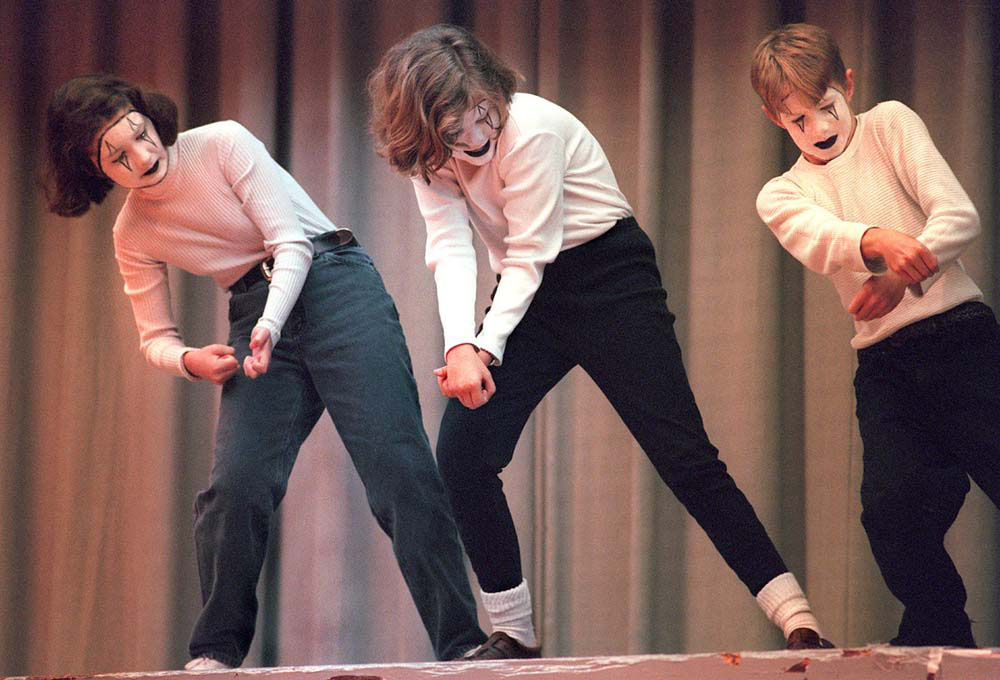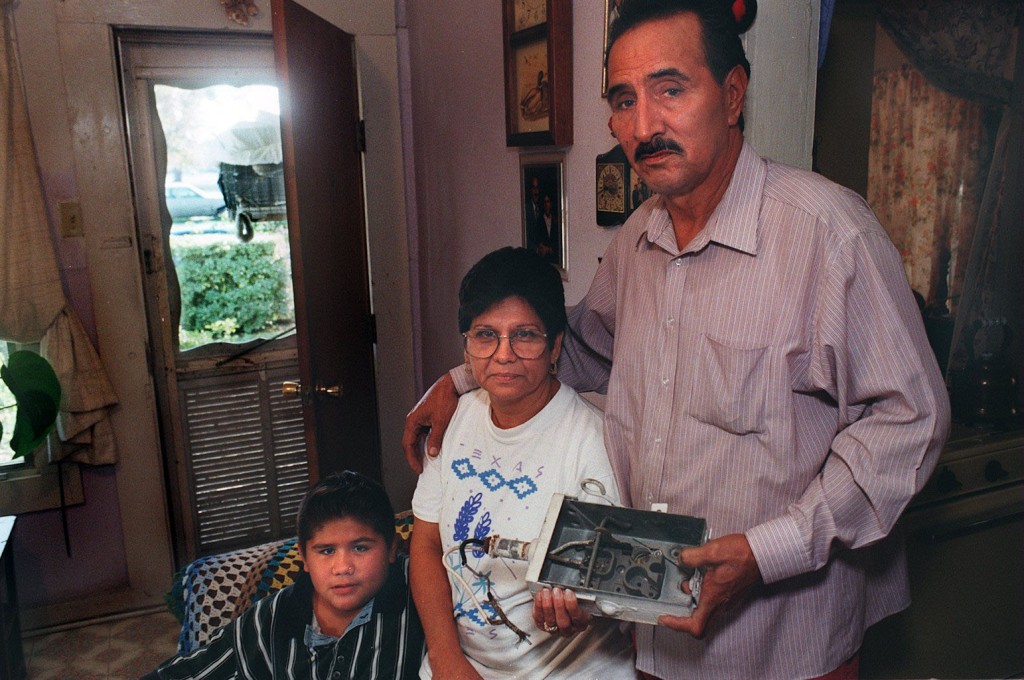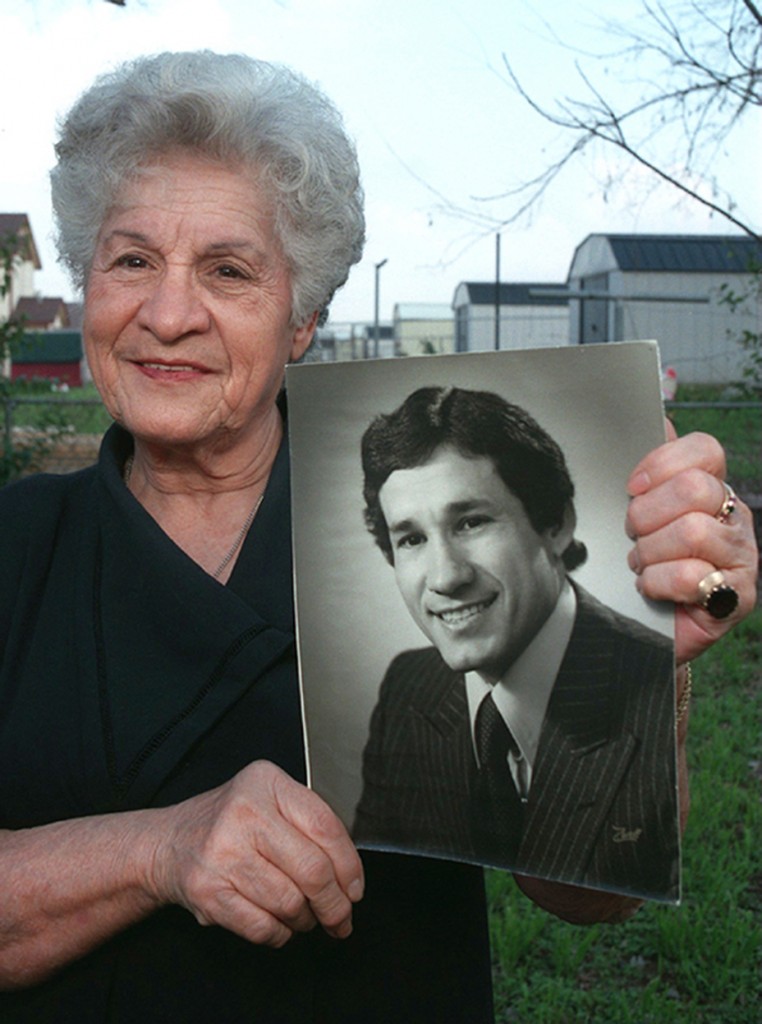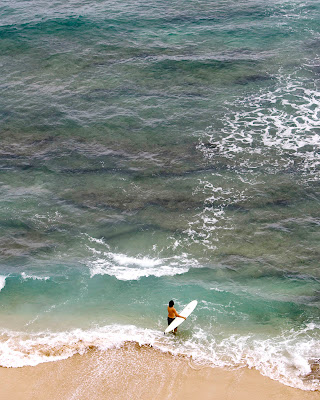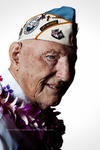
Ralph Lindenmeyer, who was stationed at Ford Island during the attack, was on his way to a day of surf and sun in Waikiki after attending Church. He saw the swarm of Japanese planes flying over the base towards Pearl Harbor.
I grew up in somewhat of an anti-Asian family. Its not like we were totally racists and threw eggs through the neighbor’s windows…its just my father had some issues with who the US chose to go to war with most of his life. Mrs. Hymer, our next door neighbors for most of my childhood, was Japanese and her half Japanese kids were my childhood pals. Al was my hero, there was nothing he could do wrong. Chris was the brain and I wanted to be smart like him and Nina, well, she was a babe. My parents loved the family. My super close friend in high school, Sant, (now Cheksant for some odd Buddhists reason) was from Bangkok, my NYC buddy is Yong from Korea, George Lee is Chinese, and Yukako is…of course…Japanese. Not to mention I do live near Chinatown and can’t escape all the Asians around me here in Honoruru!
So to say anti-Asian, I mean that in a propaganda type of way because of how the US stereotyped Asians (even Bugs Bunny got into the act!) In the 20th century, we did wage war against three, no four, possibly five types of Asians. My father fought against two (maybe three) so I guess you could say he wasn’t fond of people who were trying to kill him. (They weren’t found of you either, Pop!) Of course they didn’t hit him but the pleasantries were duly noted. I also think my father was racist in a foodie type of way because he never forgot the revolting stench of fermenting kim chee in remote Korean villages as a young soldier. And he claimed (and believe me, he claimed LOADS of things) he encountered little kids in Vietnam gnawing on dried rat skins but, again, eh…?
But the attack on Pearl Harbor is what got him started on his anti-Asian rants. He told me how he and his friends thought of ways to join the army as teens. He was somewhat upset when the Japanese surrendered because he missed his chance rain revenge on those who dare to attack a military base on an American territory (that quiet possibly had been occupied by the West illegally for some time…er…what?) But he wouldn’t have to way too long for his wish to come true.
Anyway, as a kid, we watched all those old war movies where Filipino or other non-Japanese actors portrayed the mean, cold-blooded Japanese. They always seem to laugh when they killed a poor, unsuspecting, fresh faced, white American soldier. (Funny, there were no black actors in those movies…and the only Latinos were, uh, well…ah Anthony Quinn…yeah…but, he covered his Mexican-ism.) That mocking, sinister laugh that only murderous non-Japanese Filipino or slanty-eye Latino actors (Ah! That’s where they all were!) make when they portrayed those blood thirsty Japanese soldiers. I recall my father saying once…or maybe I saw it in one of those movies…the Japanese laughed when the bombed Pearl Harbor. They laughed as they killed all those milk-fed boys from Iowa. I grew up thinking “those dirty Japanese rats!” forgetting that I just spent a good long summer afternoon playing with that “half-dirty Japanese rat” Nina, who, as I must confess, my first Asian love. I think she was about five years older than me but it didn’t matter.
I digress…it was just stupid propaganda films my father watched when he was a kid and then made my brother and me watch when we were kids. Propaganda is powerful.
Seeing how Pearl Harbor was dramatically attacked on film, I developed a special spot for a place I had never seen. I never gave much thought to the men aboard those sinking ships as they were always actors and in the back of my mind, I knew they’d be all right. So when I first came to Hawaii on a work trip back in the 90′s, the first place I visited was the Memorial. It was stunning. Unbelievable to see the dreams of my childhood, from film/video to reality. I though “wow.” What else could I say? From the Memorial, there, swimming just about 10 yards away…the smokestack of the USS Arizona!
But what was more unbelievable were the real, live, in living color, survivors! Not those young actors I saw in the movies. Grizzled old war vets in cheap aloha shirts. Tough old guys who made it through the attack. Some smiled gleefully when approached by tourists while others seem to suspiciously eye those young Japanese tourists who probably failed to understand the chaos created by their grandfathers. The survivors were living history right before my eyes. I think I might have talked to one or two of those guys but it was just small talk and we went our ways. Still, it was like seeing George Washington or Thomas Jefferson, at least for me. As I said, from cellulose to reality.
So years go by and somehow we end up permanently living in Honolulu. I went to several Pearl Harbor ceremonies for work and realized many of those survivors I saw about eight years ago were gone. I knew at that point I needed to make portraits of some of these guys before it was too late. With the help of Daniel Martinez, the National Parks Service historian at the USS Arizona Memorial, I was introduced to the right people to start my documentation project. He and Lisa Ontai share responsibility for helping me create these images.
The project evolved over the years since my first tries in 2006 and 2007. My technique and vision have evolved from the beginning as well. This last session in 2010 took place at the Hilton Hawaiian Village during a ceremony dinner for the survivors. Jamm and Erica, my best assistants for the day, helped do lights and wrangle veterans to stand for my camera. Again, there is no way I could have created this work without them.
During the session, I could tell Jamm choked on a few of the stories the vets told and Erica seemed visibly moved by what she saw and heard. They are a little younger than me and grew up in Honolulu so they probably didn’t think much about Pearl Harbor as much as I did, but I think they walked away with a bit of history and understanding. I’m glad they helped and participated in this project.
When talking to the survivors, its as if these men still live in the past. I don’t mean that to disparage these men but they surely cannot escape the past that defined their lives. Its hard to image being 17 years old and seeing friends dying horribly. Seeing bombs blowing up all around you. Seeing your world torn asunder. We Americans always have that we-are-the-best attitude and nothing can stop us. Before the war, propaganda portrayed “…the Japanese as nearsighted, bucktoothed, harmless children…” How could these nearsighted fools do this? And do this to, us…THE US!?!?! It surely was a blow to the American psyche.
The attack, of course, defined the Pearl Harbor survivor’s futures. It defined their attitudes, the way they lived, how they lived…even what car they would drive. I once asked a survivor if he drove an imported Japanese car. He emphatically stated… “no.” But these days, little if any of these men still carry hate towards the Japanese. “They had a job to do as did we,” said one veteran. And so many buried the hatchet and went on to befriend many of the Japanese war vets brave enough to visit Pearl Harbor and pay their respects.
In 1991, Japanese pilot, Zenji Abe, who participated in the attack on Pearl Harbor, attended several of the Pearl Harbor memorials the name of peace. During a live broadcast several months before the 50th anniversary, he extended his hand in a sign of reconciliation to several Pearl Harbor survivors. They begrudgingly accepted his hand shake but it was the start towards peace and understanding. However, many Pearl Harbor survivors still refused to accept Abe or other Japanese war vets presence at the Memorial’s solemn ceremony. But over time, Abe’s yearly persistence to reconcile with the past, finally won many over. Abe now has a special part in the lure of Pearl Harbor as a man who created chaos, yet begged and finally won closure and forgiveness for a war half a century before. And as that Pearl Harbor vet said…”They had a job to do…” Mr. Abe died in 2007.
There is nothing more to say about the portraits as I feel they stand on their own. I feel their eyes link all the portraits together. Their fears, painful memories, and horrors cling to them, 69 years later. Yet, through the wrinkles and stubbly faces, you can still see that young boy, on the deck of his ship, fighting for his life, and for the life of his country. As we know, those who survived won. They won with a vengeance. A sad vengeance if you think of Hiroshima and Nagasaki…yet that’s a story for another day.
So just like his son, my father’s fake anti-Asian stance never amounted to anything other than heated words over popcorn and old war movies. He cried when the Hymers moved away. He loves watching Jackie Chan movies, and he loves Yukako. He also likes bad Chinese food but once accused us of feeding him dog and baby fetuses when we took him to eat dim sum. I think he eventually ate it but I didn’t think to check under the table when we left.
My father has always embraced my nutty friends, whether they were Asian or not…so long as they left their kim chee at the door.
You can see the entire gallery at www.marcogarciaphotography.com The survivor’s gallery is under projects.

